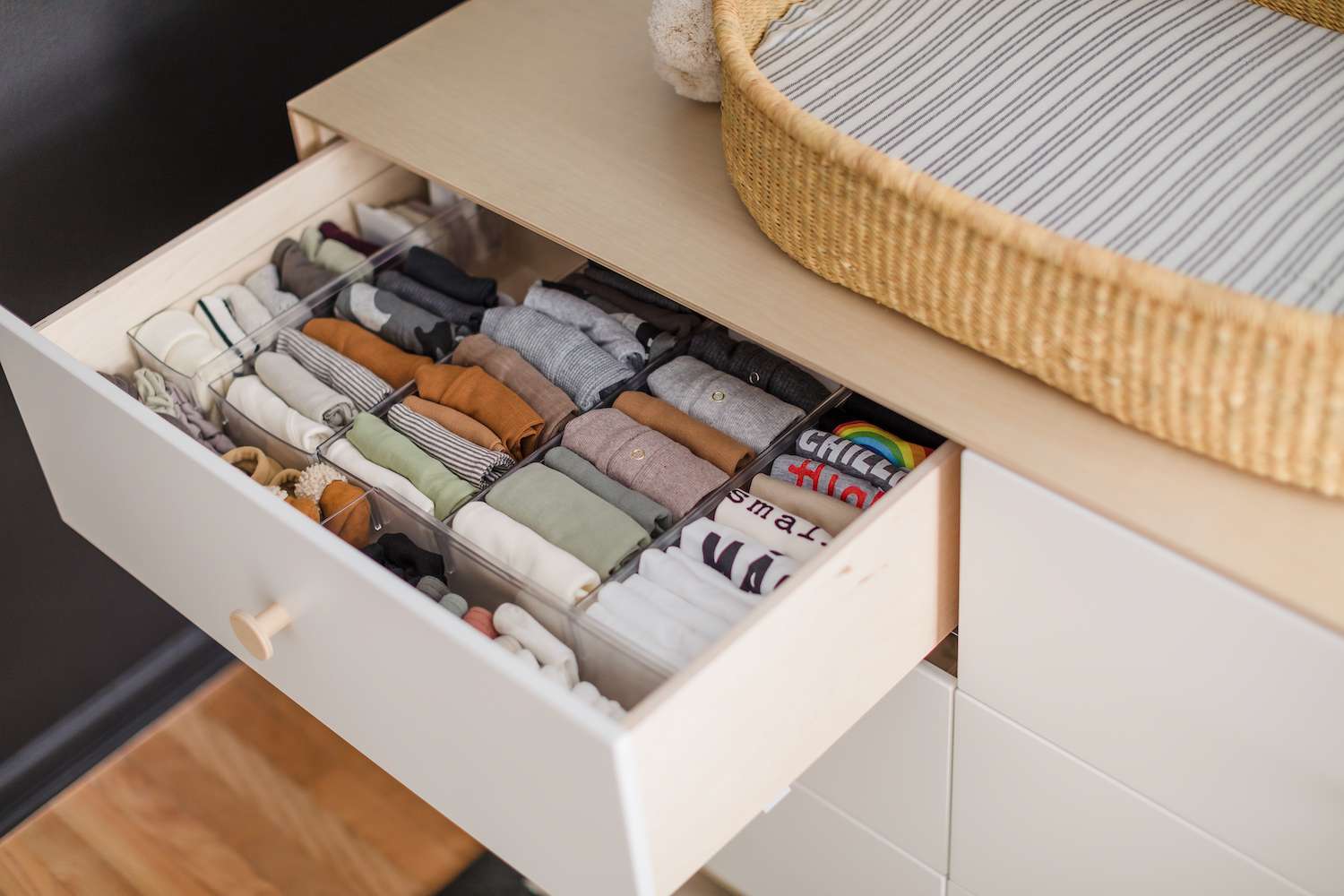

Furniture
How To Store Baby Clothes In A Dresser
Modified: January 6, 2024
Learn the best techniques for storing baby clothes in a dresser and optimize your furniture space with these easy tips. Keep your little one's wardrobe organized and accessible.
(Many of the links in this article redirect to a specific reviewed product. Your purchase of these products through affiliate links helps to generate commission for Storables.com, at no extra cost. Learn more)
Introduction
Welcome to a world filled with adorable baby clothes! If you”re a new parent or expecting a baby soon, you”ll soon discover that your little one’s wardrobe can quickly become overwhelming if not organized properly. A dresser is an essential piece of furniture that can help you keep those tiny outfits in order and easily accessible. In this article, we will guide you on how to store baby clothes in a dresser effectively and efficiently. With these tips and tricks, you”ll have a neatly organized dresser that makes dressing your baby a breeze.
Choosing the right dresser is the first step in setting up an efficient baby clothes storage system. Look for a dresser with ample drawer space and sturdy construction that can withstand the weight of the clothes. Opt for a dresser with deep drawers to accommodate clothing stacks, and consider one with a removable changing tray on top for added convenience.
Now that you have the perfect dresser, it”s time to sort and organize your baby’s clothes. Start by categorizing them into different groups, such as onesies, pajamas, socks, and accessories. This will make it easier for you to find what you need without rummaging through a jumbled mess. You can use drawer dividers to create separate sections for each category, or simply fold and stack similar items together.
Folding baby clothes can be a challenge due to their small size, but with a little practice, you”ll become a folding expert. Lay a garment flat on a clean surface, and fold the sleeves towards the center. Then, fold the bottom hem up to meet the collar, creating a neat little rectangle. Stack these folded items vertically in the dresser drawers to maximize space.
Drawer dividers are a game-changer when it comes to organizing baby clothes in a dresser. These handy tools help you create separate compartments within each drawer, making it easy to keep different categories of clothes separate. Use dividers to create sections for onesies, sleepers, and other clothing items. This not only keeps everything tidy but also allows you to see at a glance what you have and what you may need to restock.
Labeling and categorizing your baby’s clothes can save you time and frustration in the long run. Attach small adhesive labels to the front of each drawer, indicating the contents inside. This way, you can easily identify which drawer holds onesies, socks, or pajamas without having to open every single drawer. It adds an extra level of organization and simplifies the process of finding what you need quickly.
To make the most of the limited drawer space in a dresser, it”s essential to utilize every inch wisely. Roll bulky items like sweaters or blankets to save space and prevent wrinkles. Additionally, consider using vacuum-sealed bags to store out-of-season clothes or items that your baby has outgrown. These bags shrink when compressed, allowing you to maximize drawer space while keeping the clothes protected.
Keeping baby clothes fresh and clean is crucial. Use scented drawer liners or sachets to add a pleasant fragrance to the dresser, making it a delight every time you open the drawers. Regularly dust and wipe down the interior of the dresser to prevent dust and dirt from accumulating, and consider placing a moisture-absorbing pack to keep the clothes dry and prevent any musty smells.
Having a well-organized dresser for storing baby clothes not only saves you time and effort but also makes the whole process enjoyable. With these simple yet effective tips, you can create a clutter-free and visually appealing space that makes dressing your baby a joy. Follow these steps, and you”ll soon have a functional and beautifully organized dresser that perfectly houses your little one”s adorable outfits.
Key Takeaways:
- Choose a sturdy dresser with ample drawer space, utilize dividers, and label sections to efficiently store and organize baby clothes, making dressing your little one a breeze.
- Maximize dresser space by rolling bulky items, using vacuum-sealed bags, and stacking clothes vertically, while maintaining cleanliness with scented liners and regular upkeep.
Read more: How To Organize A Baby’s Dresser
Choosing the Right Dresser
When it comes to storing baby clothes in a dresser, choosing the right piece of furniture is key. The dresser you select should not only provide ample storage space but should also be durable and functional. Here are some factors to consider when choosing a dresser for storing baby clothes:
- Size and Layout: Look for a dresser with enough drawer space to accommodate all of your baby’s clothes. Consider the size of the drawers, both in terms of width and depth, to ensure they can comfortably hold folded clothes. Ideally, choose a dresser with a minimum of four drawers to separate different categories of baby clothes.
- Durability: Babies grow quickly, and their clothes can add up over time. Opt for a dresser made from sturdy materials such as solid wood or high-quality manufactured wood. Pay attention to the construction of the dresser, ensuring that it has reinforced corners and durable drawer glides for smooth opening and closing.
- Changing Table Option: Some dressers come with a removable changing table tray on top. This added feature provides a convenient space for diaper changes and eliminates the need for a separate changing table. If space is limited in your nursery, this can be a practical and space-saving choice.
- Safety Features: Safety should always be a priority when selecting furniture for your baby’s room. Look for dressers with anti-tip mechanisms or wall anchors to prevent them from tipping over. Drawer stops are also important to prevent accidental spills or injuries from drawers being pulled out too far.
- Style and Aesthetics: While functionality is crucial, the dresser should also complement the overall style and aesthetics of the nursery. Consider the color and finish of the dresser, ensuring it matches or coordinates with the other furniture in the room. This will create a cohesive and visually appealing space.
Once you have identified the dresser that meets these criteria, you can start organizing your baby’s clothes. Sorting and categorizing the clothes will not only make it easier to find what you need but will also help maintain order in your dresser. Let’s dive into the next step: sorting and organizing baby clothes!
Sorting and Organizing Baby Clothes
Sorting and organizing baby clothes is an essential step in creating an efficient and clutter-free dresser. By categorizing and separating the clothes, you can easily find what you need without rummaging through a jumbled mess. Here are some tips to help you get started:
- Categorize by Type: Begin by sorting the baby clothes into different categories based on their type. For example, separate onesies, sleepers, tops, bottoms, socks, and accessories. This way, you can easily locate specific clothing items when dressing your baby.
- Group by Size: Babies grow quickly, and their clothes need to be rotated as they outgrow them. To make it easier to keep track of sizes, create sections within the dresser specifically for each size. Use dividers or different colored bins to separate clothes by sizes like newborn, 0-3 months, 3-6 months, and so on.
- Consider Seasonality: Depending on the time of year, it may be helpful to separate clothes by season. Keep lightweight and summery clothes separate from warmer and bulkier items. This will enable you to easily switch out clothes as the seasons change.
- Organize by Occasion: If you have specific outfits for special occasions or events, consider creating a separate section for them. This can include dresses or suits for weddings, holidays, or photoshoots. Having these items readily accessible will save you time when you need them.
- Divide by Gender: If you have different genders of children or plan to have more in the future, you may want to separate clothes by gender. This can be especially helpful if you plan to pass down clothes from one child to another.
Once you have sorted the clothes into categories, it’s time to fold and store them in the dresser. Proper folding techniques will not only save space but also maintain the condition of the clothes. Let’s move on to the next step: folding and storing baby clothes!
Folding and Storing Baby Clothes
Folding baby clothes may seem like a never-ending task, but with the right techniques, you can make the process efficient and ensure that clothes are neatly stored in your dresser. Here are some tips for folding and storing baby clothes:
- Lay Flat: Start by laying the baby clothes flat on a clean surface. Smooth out any wrinkles or creases to ensure a neat fold.
- Tuck in Sleeves: Fold any sleeves towards the center of the garment. This helps to minimize bulkiness and creates a neater appearance.
- Cross-Fold Method: Fold the bottom hem of the clothes up to meet the collar or neckline. For onesies, fold the crotch area up towards the collar, creating a neat rectangle.
- Stack Vertically: When placing folded clothes in the dresser, stack them vertically rather than horizontally. This allows you to see each item easily and prevents clothes from becoming wrinkled or misshapen.
- Separate by Size or Type: Consider separating folded clothes by size or type within each drawer. For example, you can create separate stacks for newborn clothes, 0-3 months, 3-6 months, or separate stacks for onesies, sleepers, and pants. This makes it easier to grab the right size or specific type of clothing when dressing your baby.
- Utilize Drawers Wisely: Maximize your drawer space by using all available nooks and crannies. Roll small items like socks, hats, or mittens to save space. You can also place socks or accessories inside larger items, such as hats in the sleeves of onesies or socks inside folded pants.
- Group Similar Items Together: Keep similar items together in the same drawer or section. This could include stacking pajamas in one area, onesies in another, and so on. This ensures that you can easily locate specific items when needed without having to search through multiple drawers.
By following these folding techniques and organizing methods, you can create a neatly arranged and visually appealing dresser for your baby’s clothes. However, to take the organization to the next level, consider using drawer dividers.
Utilizing Drawer Dividers
Drawer dividers are a game-changer when it comes to organizing baby clothes in a dresser. These handy tools help you create separate compartments within each drawer, making it easy to keep different categories of clothes separate. Here are some tips for effectively utilizing drawer dividers:
- Choose the Right Dividers: Select drawer dividers that are suitable for the size and depth of your dresser drawers. You can find dividers made of various materials such as plastic, fabric, or wood. Consider your personal preference and the durability of the dividers when making your selection.
- Create Sections: Use dividers to create separate sections for different categories of clothes. For example, you can designate one section for onesies, another for sleepers, and so on. This not only keeps everything tidy but also allows you to see at a glance what you have and what you may need to restock.
- Adjustable Dividers: Consider using adjustable dividers that can be resized to fit your specific needs. This allows you to customize the compartments according to the size of the clothes or the number of items you have in each category.
- Utilize Vertical Space: Dividers are not limited to creating horizontal sections. You can also use them to create vertical compartments within each section. This can be particularly useful for organizing smaller items like socks, hats, or accessories.
- Flexibility: Don’t be afraid to rearrange the dividers as your baby’s clothing collection grows or changes. As your little one outgrows certain sizes or transitions to different types of clothes, adjust the dividers accordingly to accommodate the new categories.
- Label the Sections: Consider labeling each section to make it easy to identify the contents at a glance. You can use small adhesive labels or even create printable labels that you can attach to the dividers. This adds an extra level of organization and simplifies the process of finding what you need quickly.
- Divide Accessories: In addition to separating clothes, drawer dividers are also handy for organizing baby accessories. You can create dedicated sections for socks, hats, bibs, or hair accessories, ensuring that everything has its place.
Drawer dividers are not only functional but also visually appealing, as they create a sense of order and neatness within your dresser. They make it easy to locate specific items and help maintain a clutter-free environment. However, for seamless organization, labeling and categorizing your baby’s clothes can take it a step further. Let’s explore the importance of labeling and categorizing!
To store baby clothes in a dresser, use drawer dividers to separate different clothing items, fold clothes neatly to maximize space, and label drawers for easy access.
Read more: How To Store Baby Socks
Labeling and Categorizing
Labeling and categorizing your baby’s clothes can save you time and frustration in the long run. Proper labeling allows you to quickly identify which drawer contains specific clothing items, making it easy to locate what you need without rummaging through every drawer. Here are some tips for effective labeling and categorizing:
- Adhesive Labels: Use small adhesive labels to mark each drawer or section within the dresser. You can write the category on the label, such as “Onesies,” “Pajamas,” “Socks,” and so on. Place the labels on the front of each drawer for easy visibility.
- Printable Labels: For a more polished and uniform look, consider creating printable labels. You can design and print labels that match the nursery decor or choose a fun and playful design. Attach these labels to the front of the drawers using double-sided tape or adhesive.
- Color-Coded Labels: If you prefer a visual cue, use color-coded labels to categorize the clothes. Assign a specific color to each category, such as blue for onesies, yellow for sleepers, and so on. This makes it easy to identify the section visually, even from a distance.
- Categorize by Age or Size: To further streamline organization, consider labeling sections based on age or size. For example, use labels like “Newborn,” “0-3 Months,” “3-6 Months,” and so on. This allows you to quickly locate clothes that fit your baby’s current growth stage.
- Use Picture Labels: If your baby is too young to read labels, consider using picture labels instead. Print or draw small pictures representing each clothing category, such as a onesie, pajamas, or socks. Attach these picture labels to the front of the drawers, making it easy to identify the contents.
- Update Labels Regularly: As your baby grows and transitions into different sizes, update the labels accordingly. Remove or cover labels for sizes that no longer apply, and create new labels for the new clothing categories. This ensures that your dresser stays organized and reflects your baby’s current needs.
- Label Out-of-Season Clothes: If you have a separate drawer or storage area for out-of-season clothes, label it clearly to avoid confusion. This makes it easy to rotate clothes as the seasons change and ensures that only the appropriate clothes are readily accessible in the dresser.
Labeling and categorizing your baby’s clothes not only simplifies the process of finding specific items but also adds an extra level of organization. Whether you choose adhesive labels, printable labels, or color-coded labels, find a labeling method that works best for you and keeps your dresser tidy and efficient. Now that you have your dresser organized, let’s explore some tips for maximizing the space and maintaining cleanliness.
Tips for Maximizing Space
Maximizing the space in your dresser is crucial for effective storage of baby clothes. With limited drawer space, it’s important to utilize every inch wisely. Here are some tips to help you make the most of the space in your dresser:
- Roll Bulky Items: Bulky items like sweaters, blankets, or muslin wraps can take up a lot of space when folded traditionally. Instead, roll them up tightly to save space. This not only maximizes the available space but also helps prevent wrinkles in these larger items.
- Use Vacuum-Sealed Bags: To store out-of-season clothes or clothes that your baby has outgrown, consider using vacuum-sealed bags. These bags compress the clothes, reducing their size significantly and allowing you to store them in a compact manner. This frees up space in your dresser for clothes that are currently in use.
- Stack Vertically: As mentioned before, stack folded clothes vertically in the drawers. This not only makes it easier to see each item but also maximizes the overall storage capacity. You can stack clothes of similar sizes or types together, ensuring that you can easily locate what you need without disrupting the entire stack.
- Utilize Smaller Spaces: Take advantage of smaller spaces within the dresser, such as the sides or back corners. You can use these areas to store smaller items like socks, bibs, or hair accessories. Consider using small baskets, fabric bins, or even repurposed containers to keep these items organized in these tight spaces.
- Hang Items if Possible: If you have a dresser with a combination of drawers and a hanging rod, consider hanging certain clothing items like dresses, jackets, or delicate outfits. This frees up drawer space for other items and keeps these specific items easily accessible and wrinkle-free.
- Rotate Outfits Regularly: Babies grow quickly, and their clothing needs can change frequently. As your baby outgrows certain clothes, remove them from the dresser and store them in a separate container or closet. By regularly rotating the clothes in the dresser, you can ensure that you have easy access to the outfits your baby currently fits into without cluttering the space with clothes that are no longer needed.
- Consider Using Hanging Closet Organizers: If you have a closet space in the nursery, you can utilize hanging closet organizers to store and organize baby clothes. These organizers typically have compartments and shelves, allowing you to categorize and separate different types of clothes. This can be especially useful for larger clothing items and accessories.
By implementing these space-maximizing tips, you can make the most of the limited storage space in your dresser. These strategies will help you create a functional and organized nursery, making it easier to find and access your baby’s clothes. Now, let’s explore how you can maintain cleanliness and freshness in your dresser.
Maintaining Cleanliness and Freshness
Keeping your baby clothes and dresser clean and fresh is essential for creating a healthy and pleasant environment. Here are some tips to help you maintain cleanliness and freshness:
- Regularly Dust and Wipe Down: Dust and dirt can accumulate in the dresser, especially in the corners and on the surfaces. Regularly dust and wipe down the interior and exterior of the dresser to keep it clean and free from dirt particles.
- Use Scented Drawer Liners or Sachets: To add a pleasant fragrance to the dresser, consider using scented drawer liners or sachets. These can be placed in the drawers to keep the clothes smelling fresh. Choose scents that are mild and soothing, such as lavender or chamomile, to create a calming atmosphere in the nursery.
- Keep the Dresser Dry: Moisture can lead to musty smells and even cause mildew on the clothes. Ensure that the dresser is kept in a dry area of the nursery and avoid placing damp items directly in the drawers. If the nursery has high humidity, consider using a moisture-absorbing pack or placing a small dehumidifier near the dresser.
- Avoid Overstuffing: While it’s tempting to fit as many clothes as possible into the dresser, overstuffing can lead to a disorganized and cramped space. Avoid overcrowding the drawers, as it can cause wrinkles in the clothes and make it harder to find what you need.
- Rotate and Clean Out Clothes: As your baby grows and outgrows certain clothes, regularly rotate and clean out the dresser. Remove clothes that no longer fit or are seasonally inappropriate and store them elsewhere. This ensures that you have ample space for the clothes your baby is currently wearing and maintains a clutter-free environment.
- Wash and Air out Clothes: Before storing baby clothes in the dresser, ensure they are clean and fresh. Wash them using baby-friendly detergent, and allow them to thoroughly dry before folding and placing them in the dresser. If you notice any stains or spills, treat them promptly to prevent them from setting in.
- Inspect for Mold or Mildew: Regularly inspect the dresser drawers and clothes for any signs of mold or mildew. If you notice any, remove the affected items, wash them thoroughly, and clean and dry the drawers before returning them to the dresser. Addressing mold or mildew issues promptly helps maintain a clean and healthy environment for your baby.
By following these cleanliness and freshness tips, you can ensure that your baby’s clothes remain in good condition and your dresser stays clean and pleasant. Now that you have learned how to store baby clothes effectively and maintain a well-organized dresser, you are ready to create a functional and beautiful space for your little one’s outfits.
Conclusion
Organizing and storing baby clothes in a dresser can seem like a daunting task, but with the right strategies, it can be a rewarding and enjoyable experience. By choosing the right dresser, sorting and organizing clothes, folding and utilizing drawer dividers, labeling and categorizing, maximizing space, and maintaining cleanliness and freshness, you can create an efficient and visually appealing storage system for your baby’s clothes.
Start by selecting a dresser with ample space and sturdy construction. Then, sort and categorize the clothes by type, size, season, or occasion to make them easy to locate. Employ proper folding techniques and utilize drawer dividers to create separate sections for different categories of clothes, maximizing the available space in the dresser. Labeling each section helps you quickly identify the contents of each drawer, while using color coding or picture labels can be especially helpful for visual cues.
Maximizing space involves rolling bulky items, using vacuum-sealed bags for out-of-season clothes, stacking clothes vertically, and utilizing smaller spaces within the dresser. Regularly rotating and cleaning out clothes keeps the dresser organized and only stores what is currently needed. To maintain cleanliness and freshness, dust and wipe down the dresser, use scented drawer liners or sachets, keep the dresser dry, and avoid overstuffing.
By following these tips and techniques, you can create a functional, clutter-free, and visually pleasing dresser that simplifies the process of dressing your baby. Not only will you save time and effort, but you’ll also create a well-organized and inviting space for your little one’s adorable outfits.
Remember, the key is to strike a balance between organization and enjoyment. With a well-organized dresser, you can easily find and access your baby’s clothes, making dressing your little one a delightful experience. So get started on organizing your baby’s clothes in the dresser and enjoy the benefits of a tidy and efficient storage system!
Frequently Asked Questions about How To Store Baby Clothes In A Dresser
Was this page helpful?
At Storables.com, we guarantee accurate and reliable information. Our content, validated by Expert Board Contributors, is crafted following stringent Editorial Policies. We're committed to providing you with well-researched, expert-backed insights for all your informational needs.
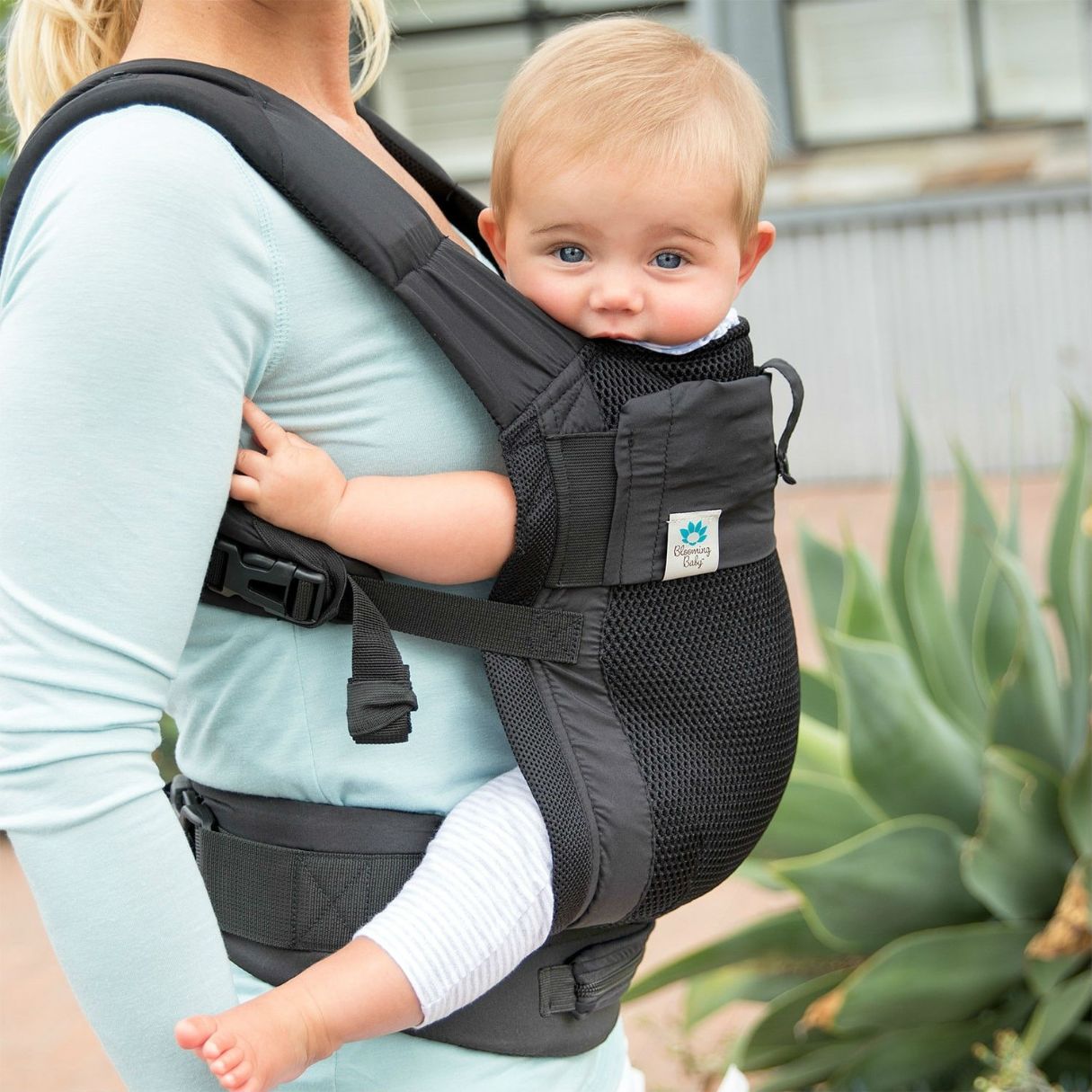
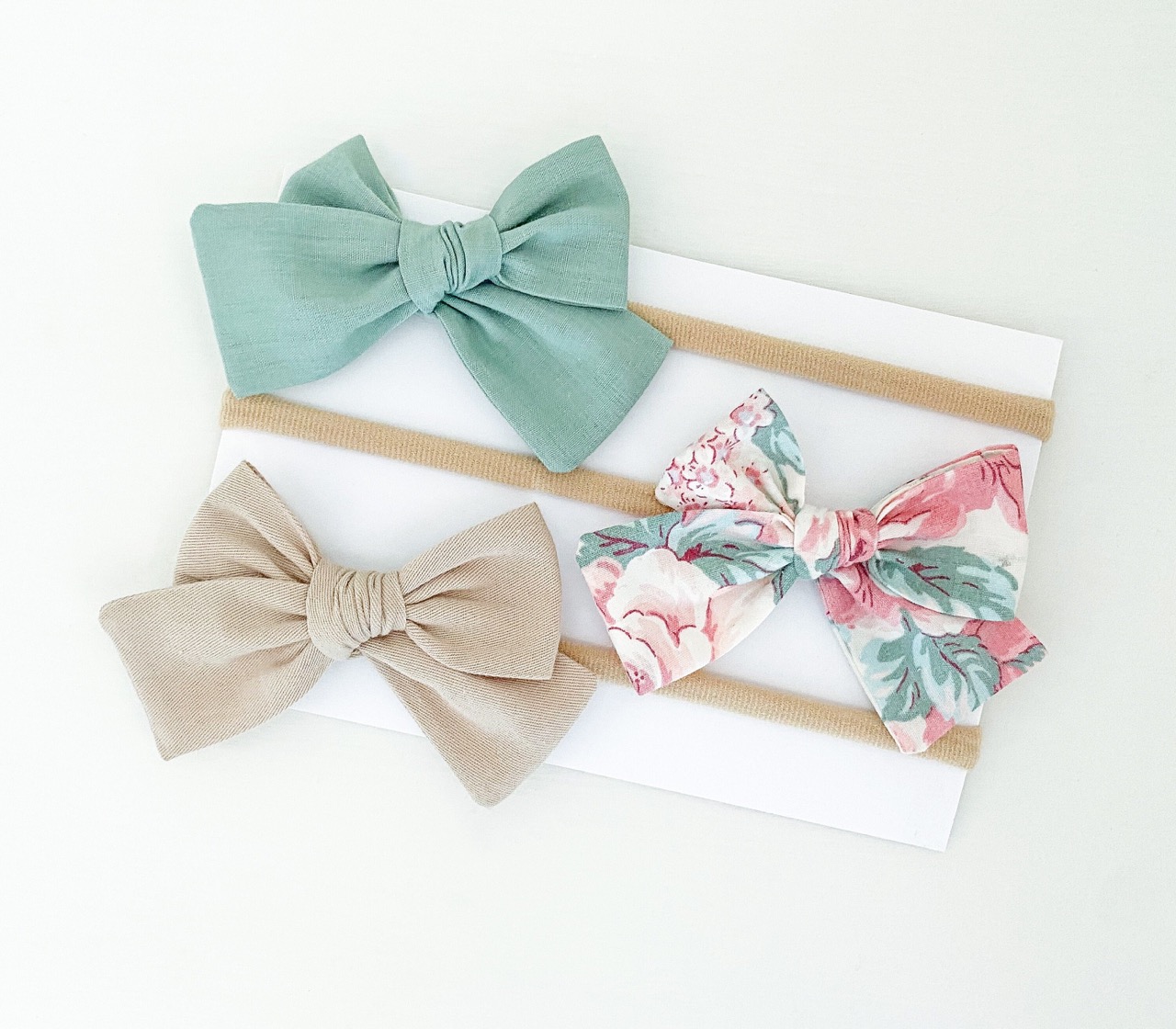
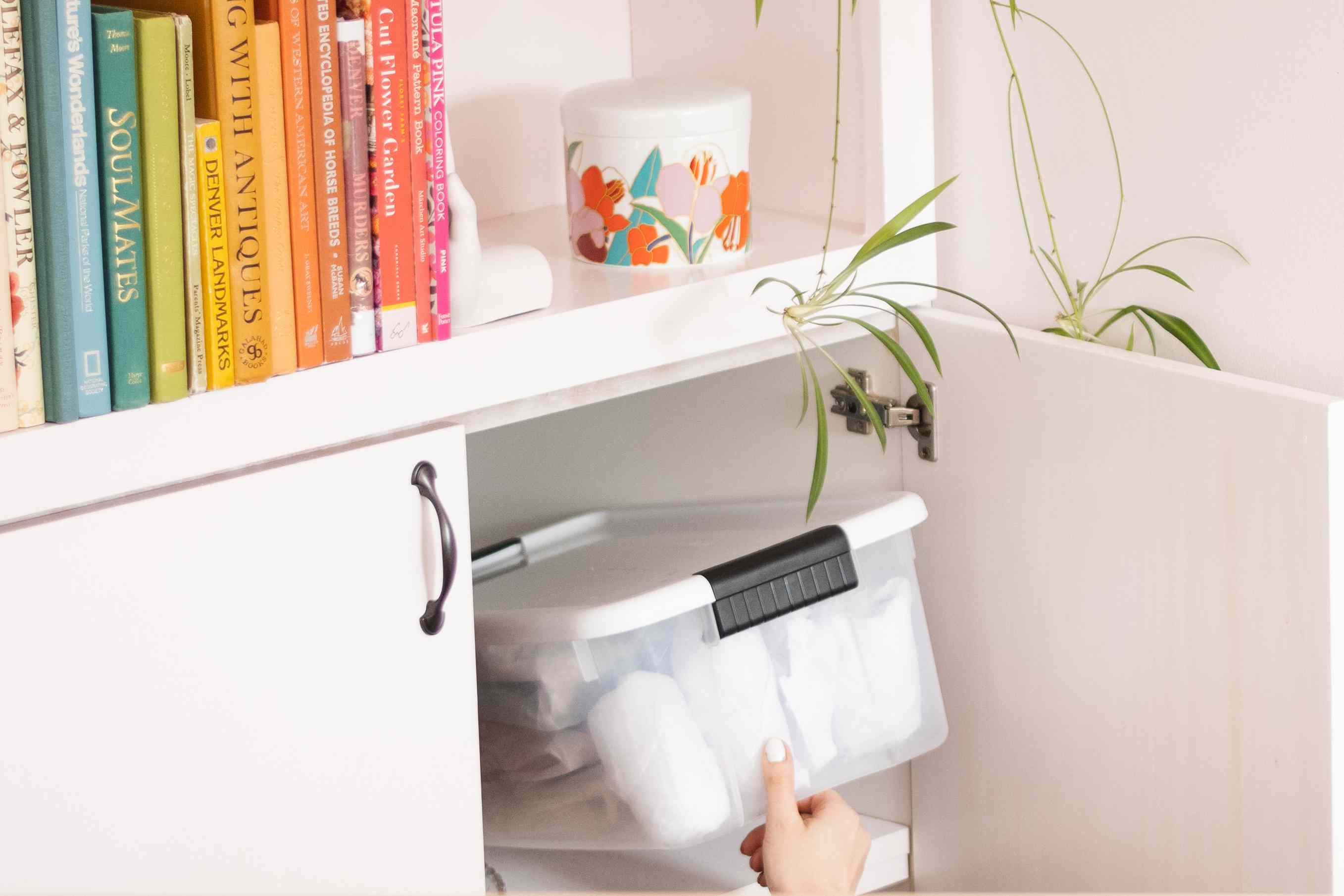
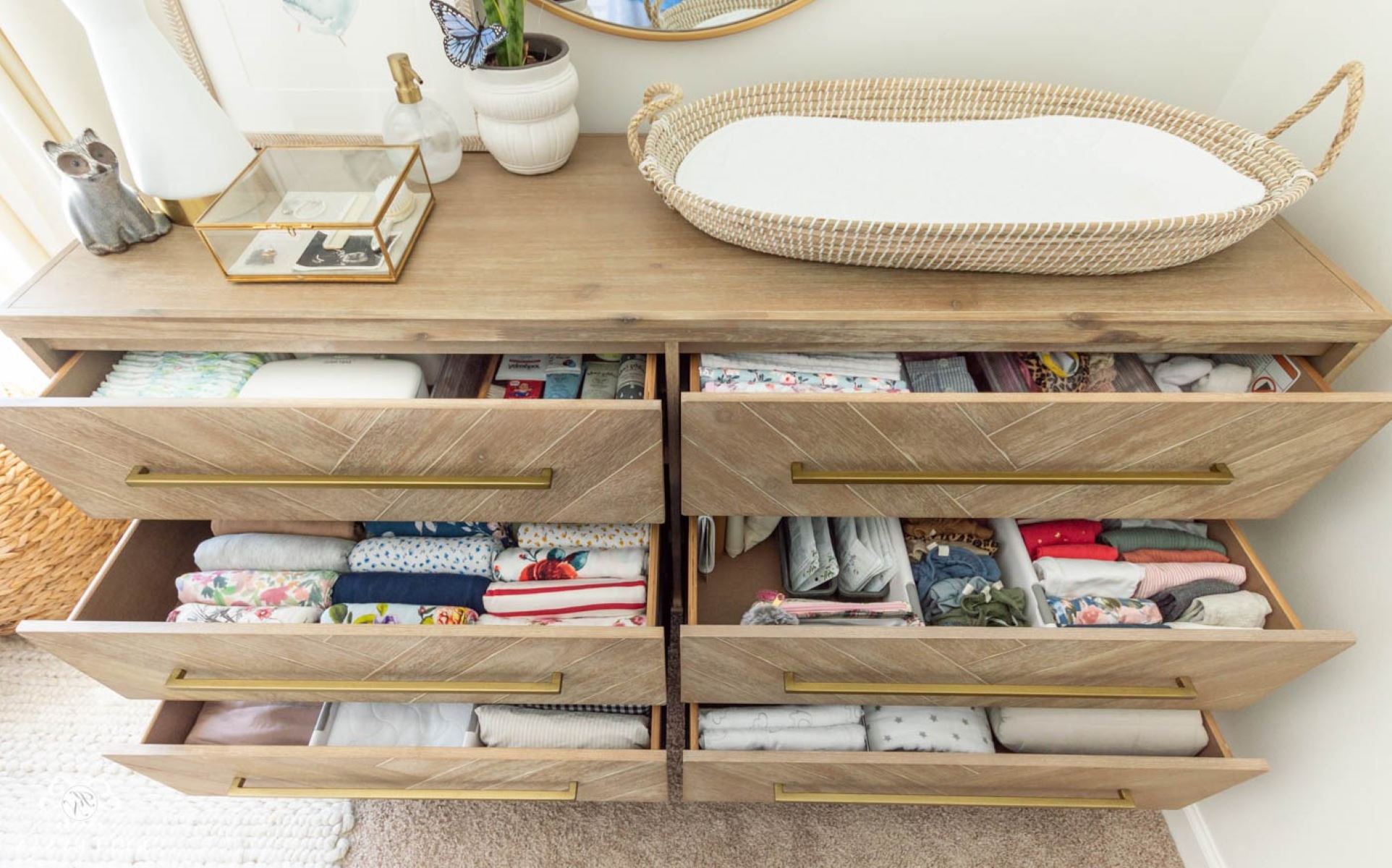
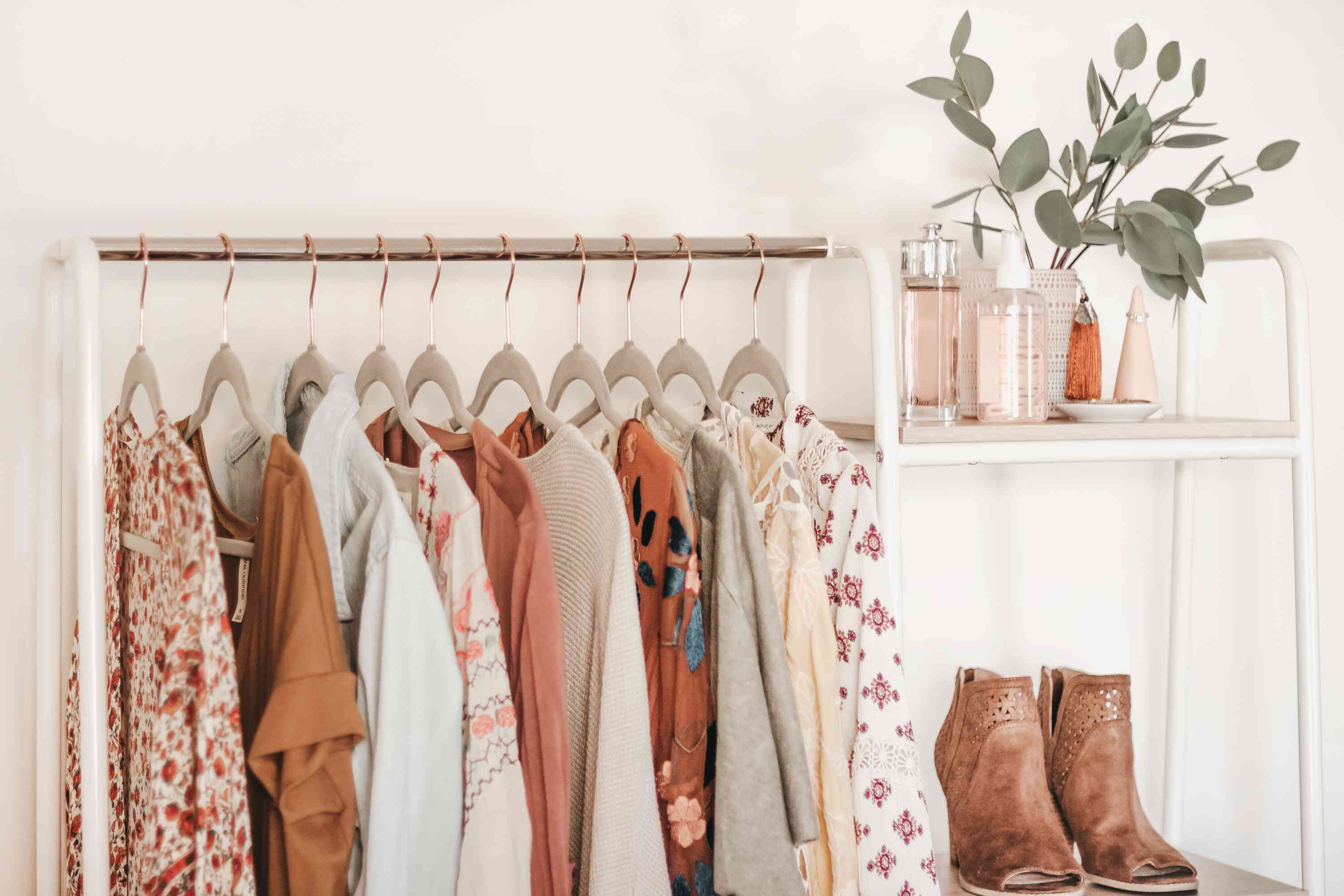
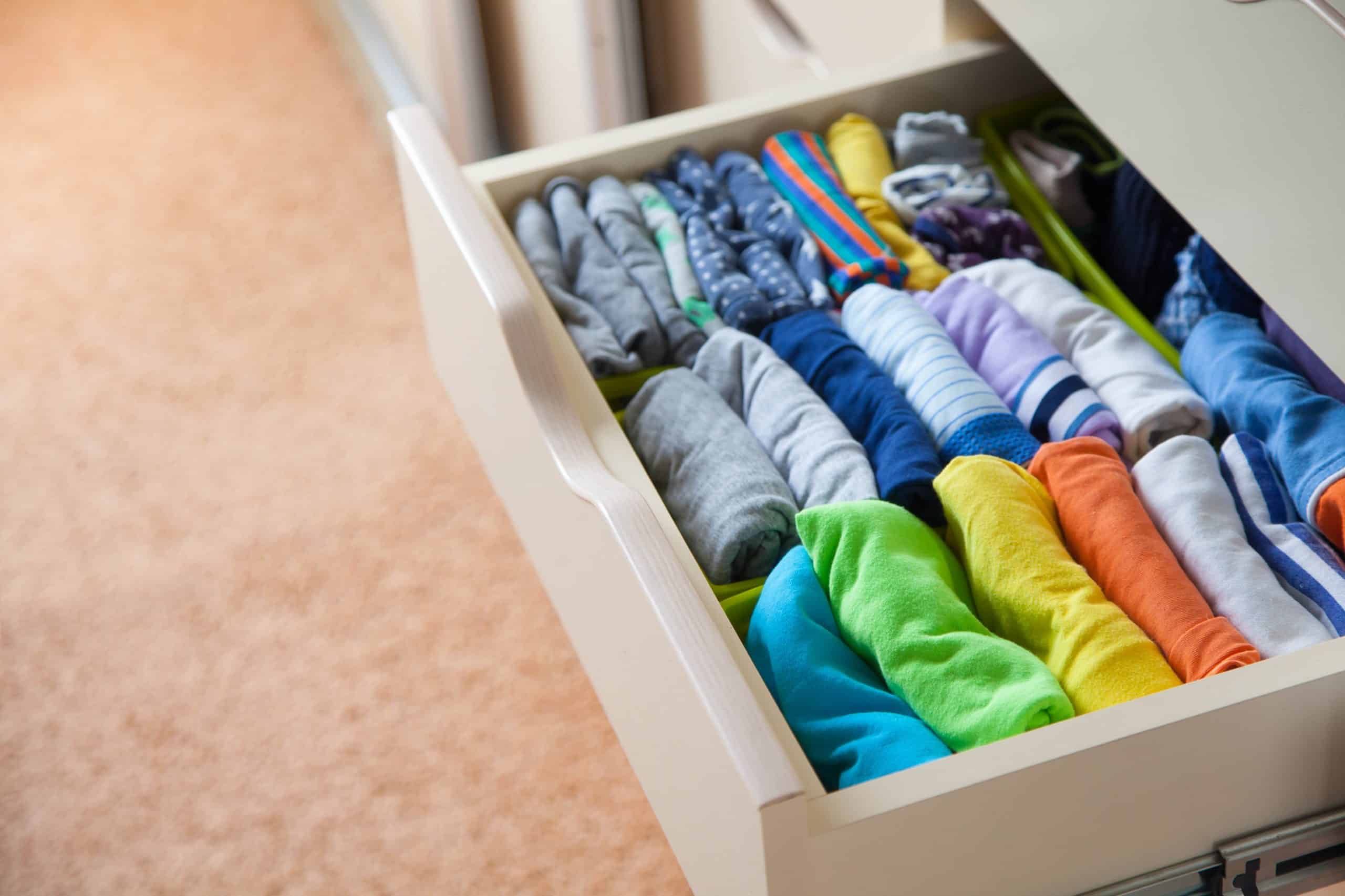
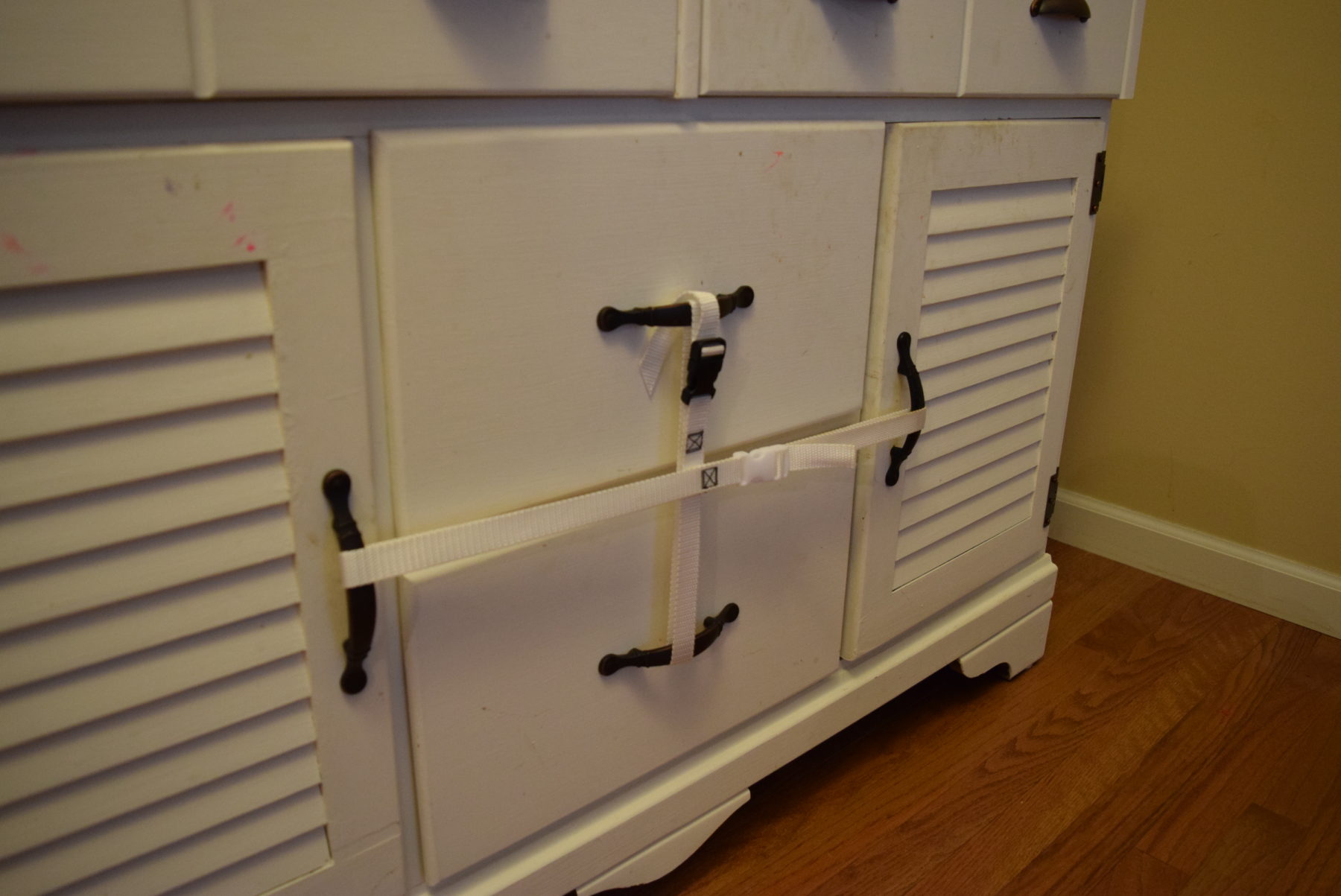
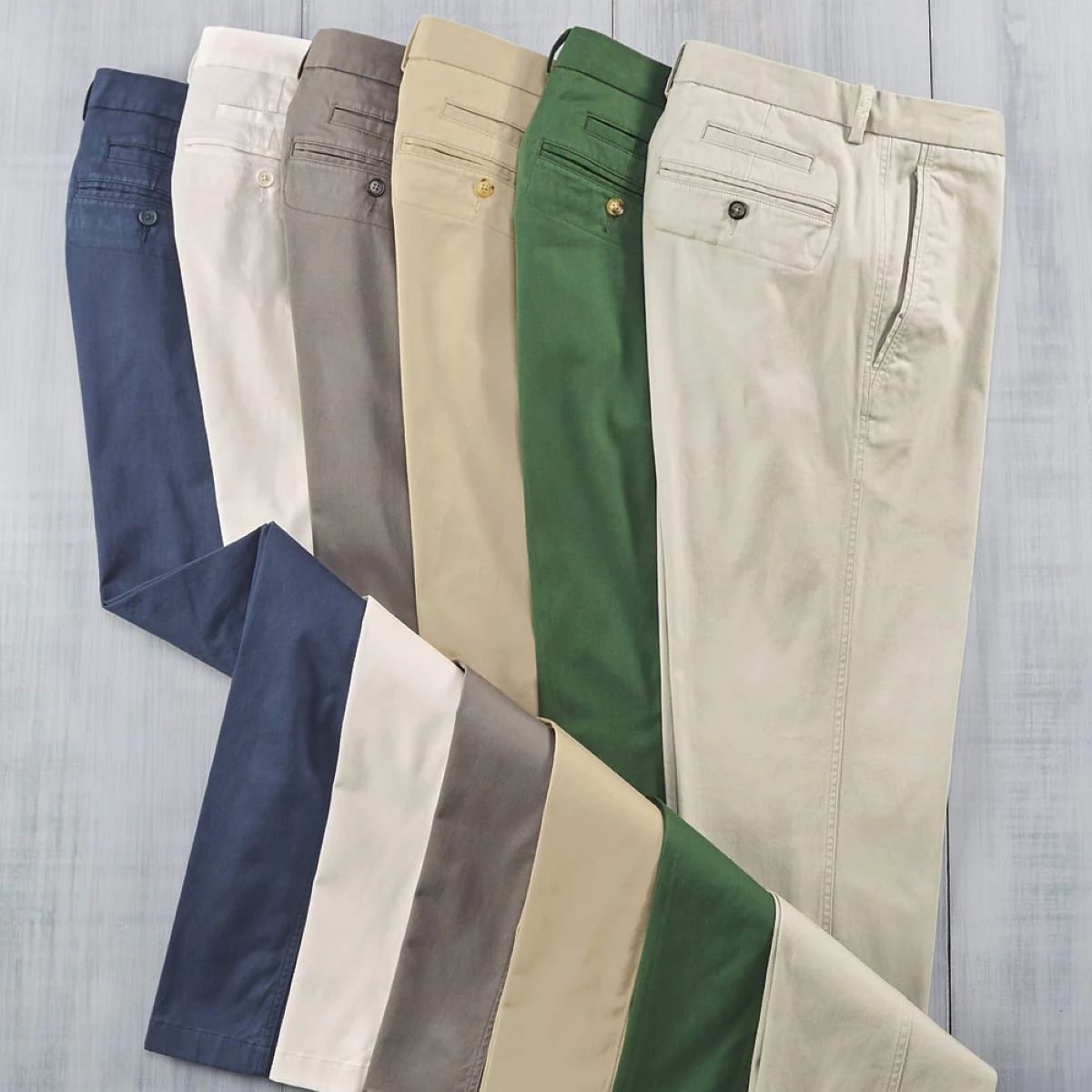
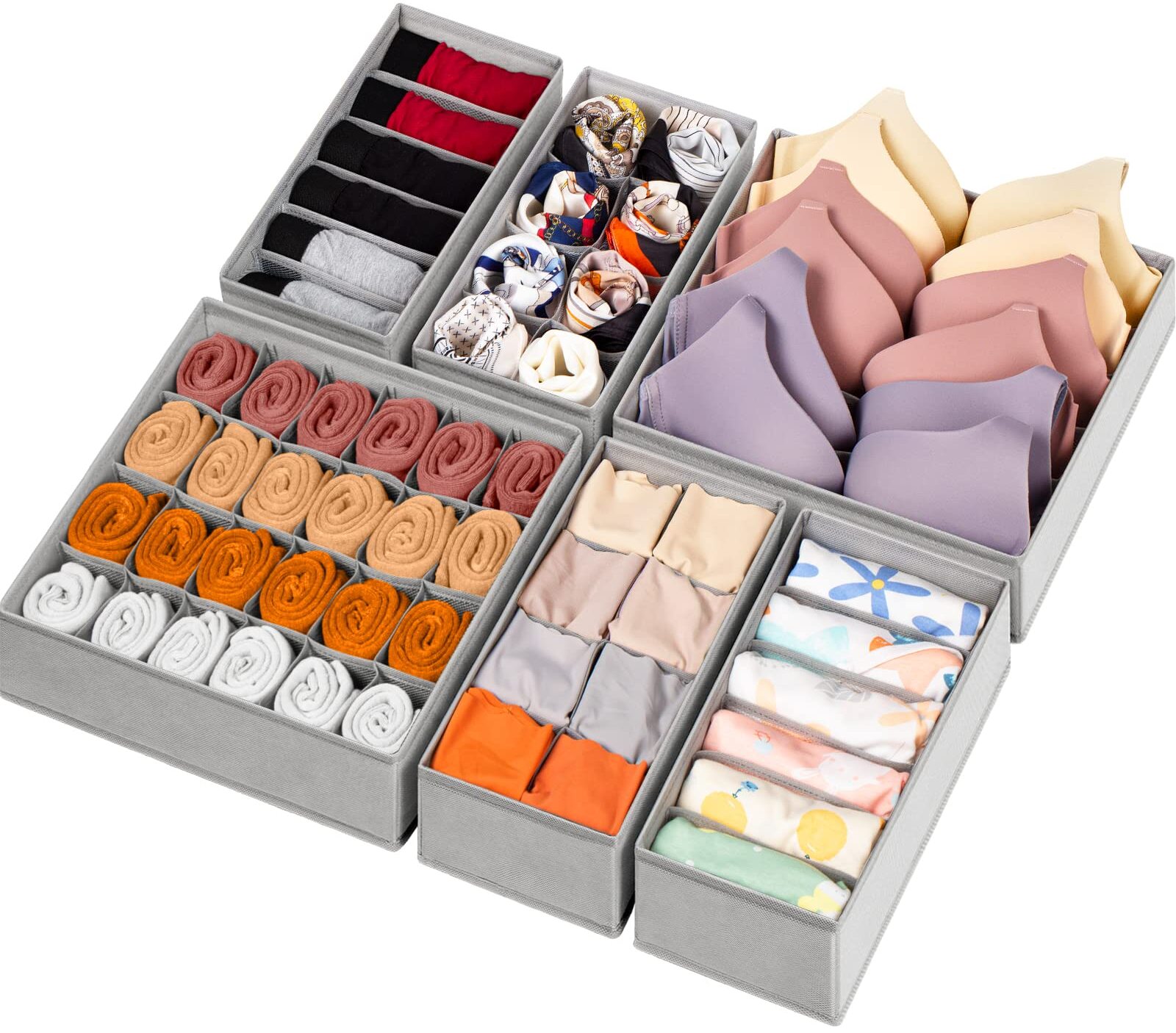
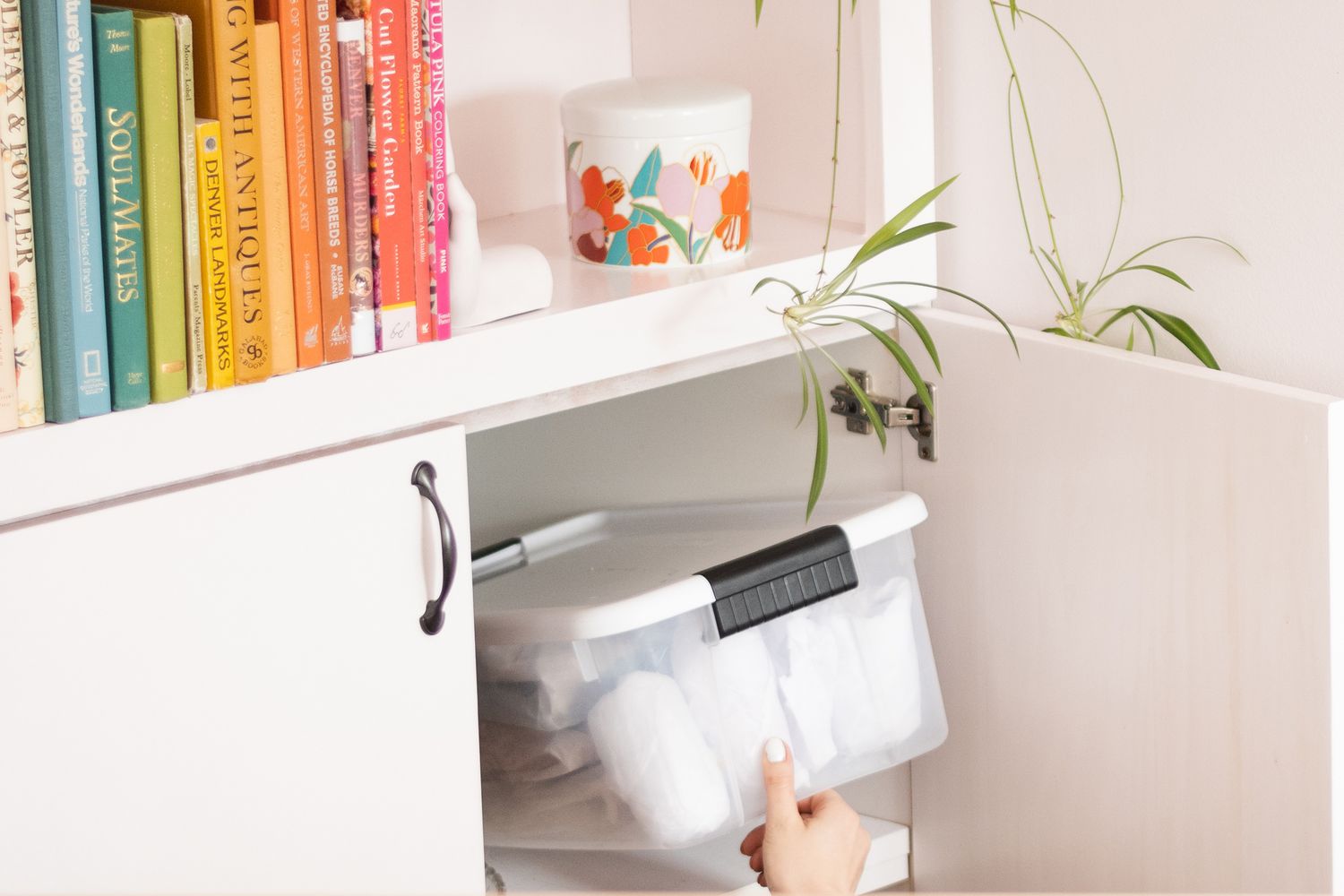
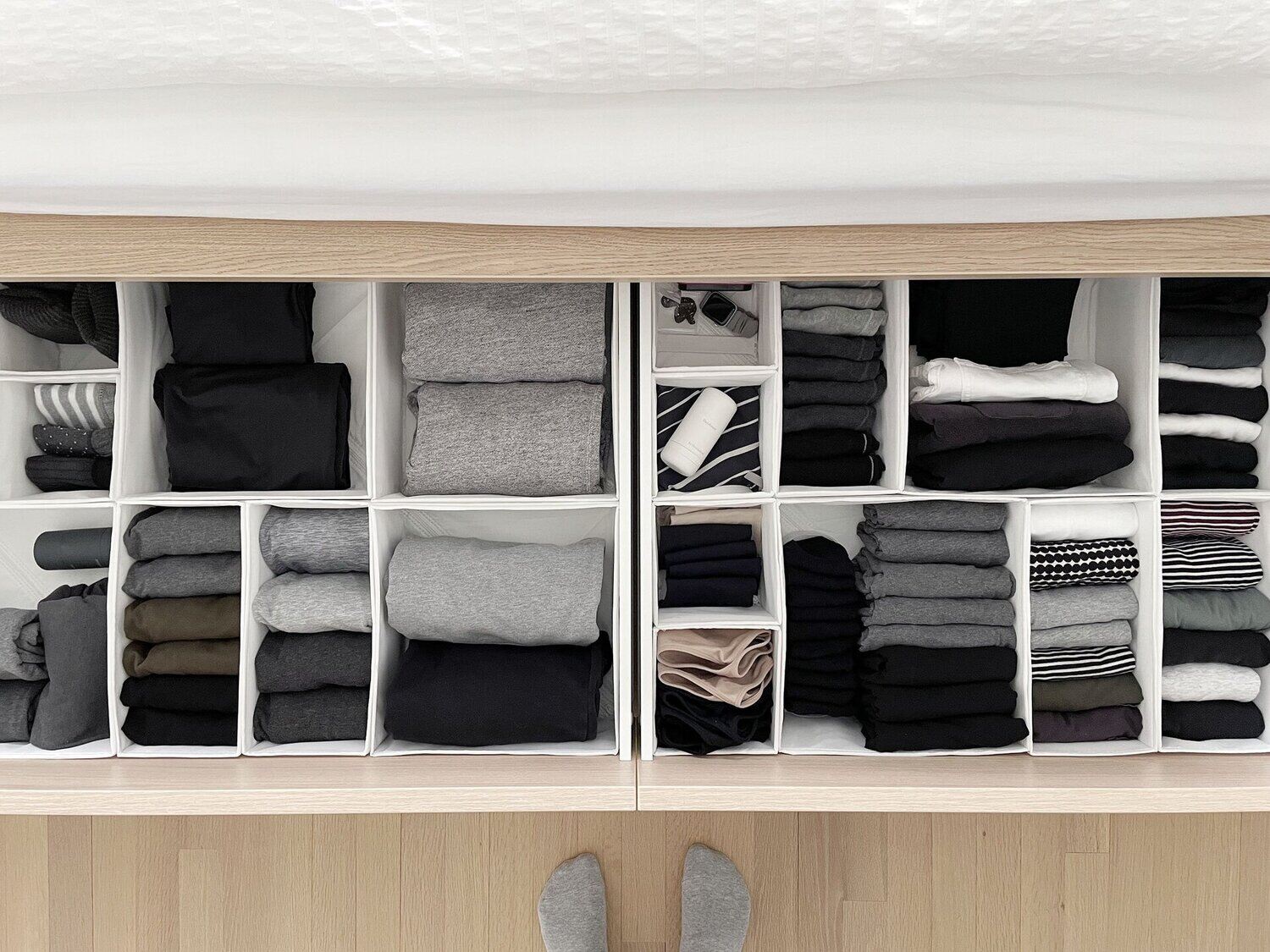
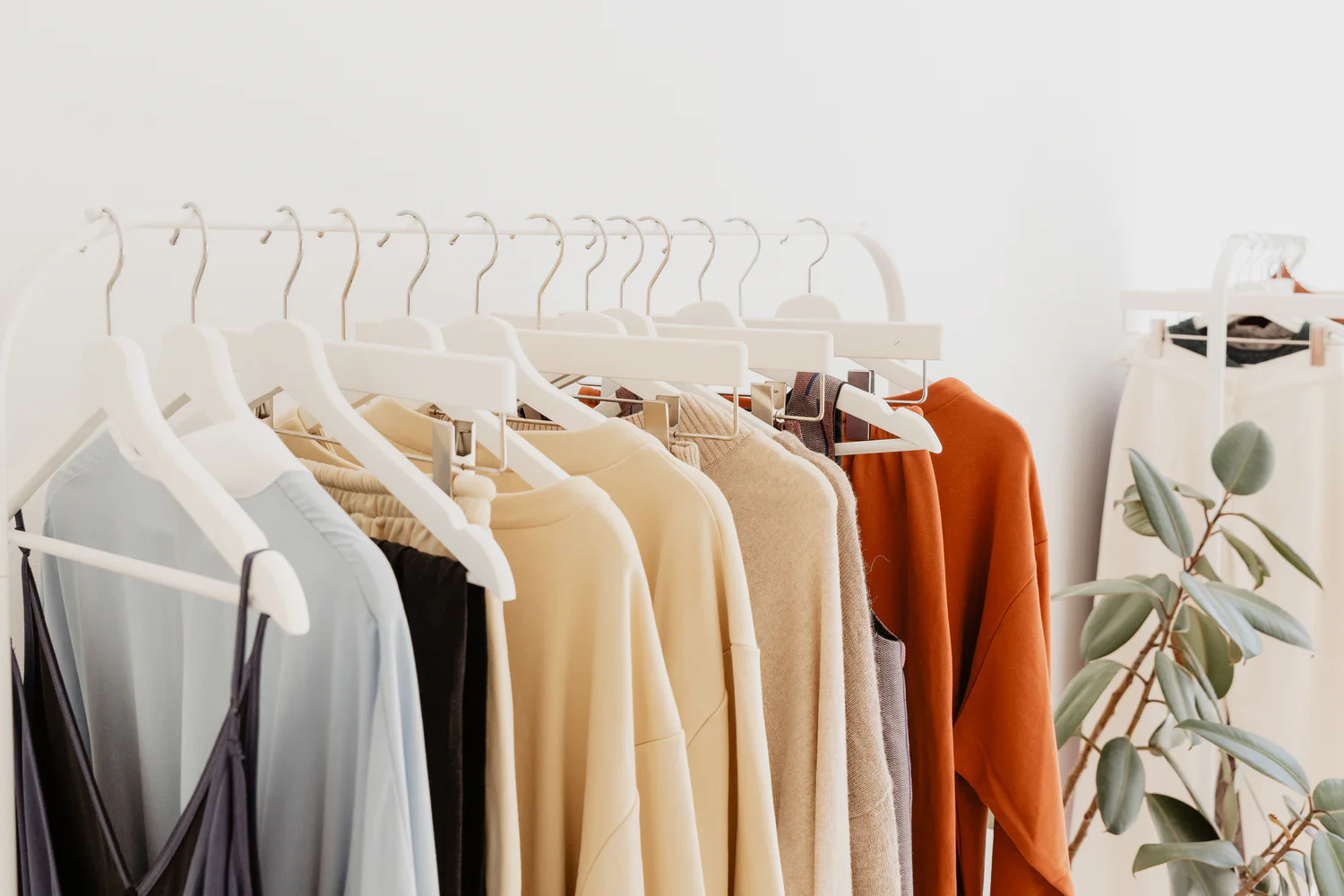
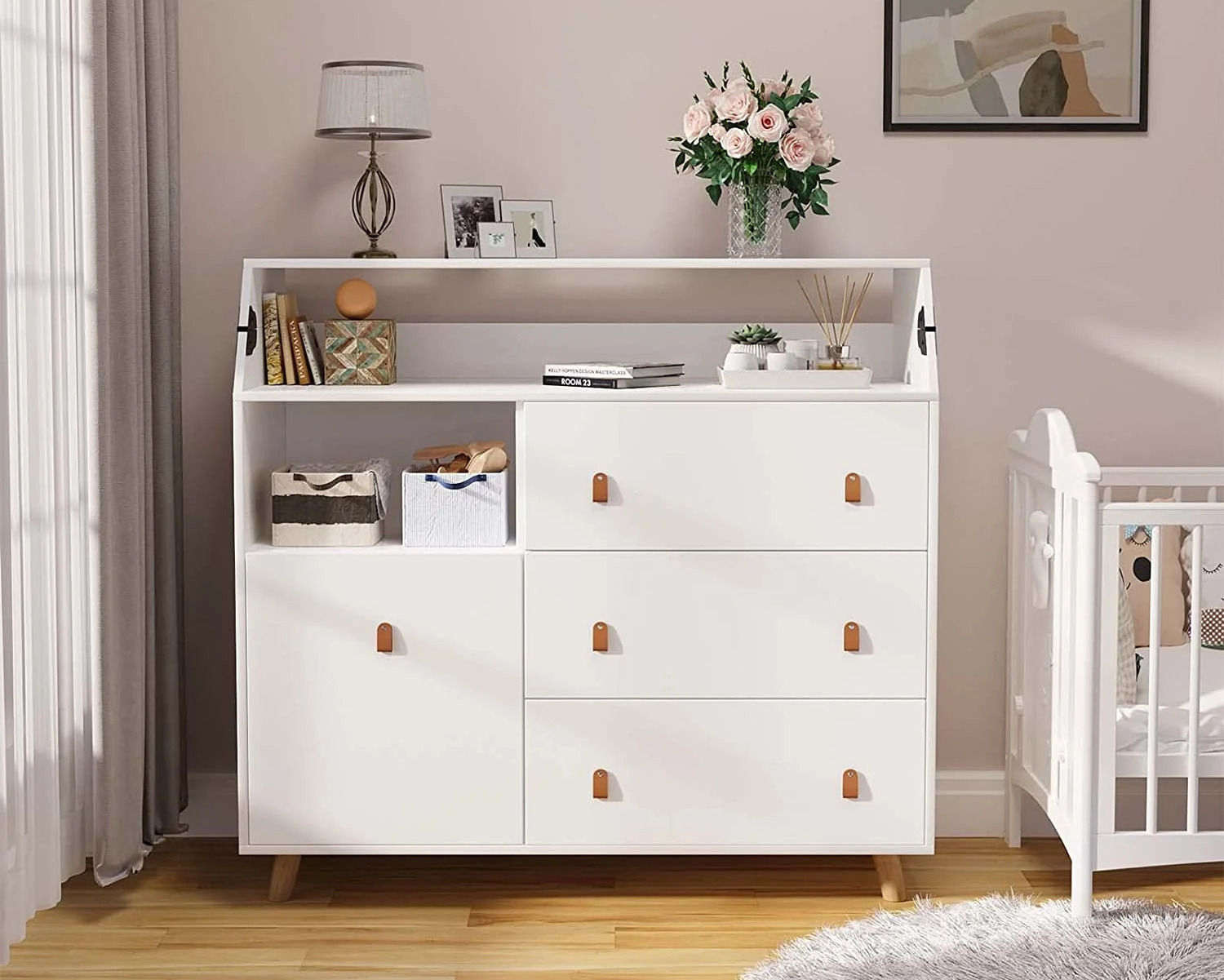
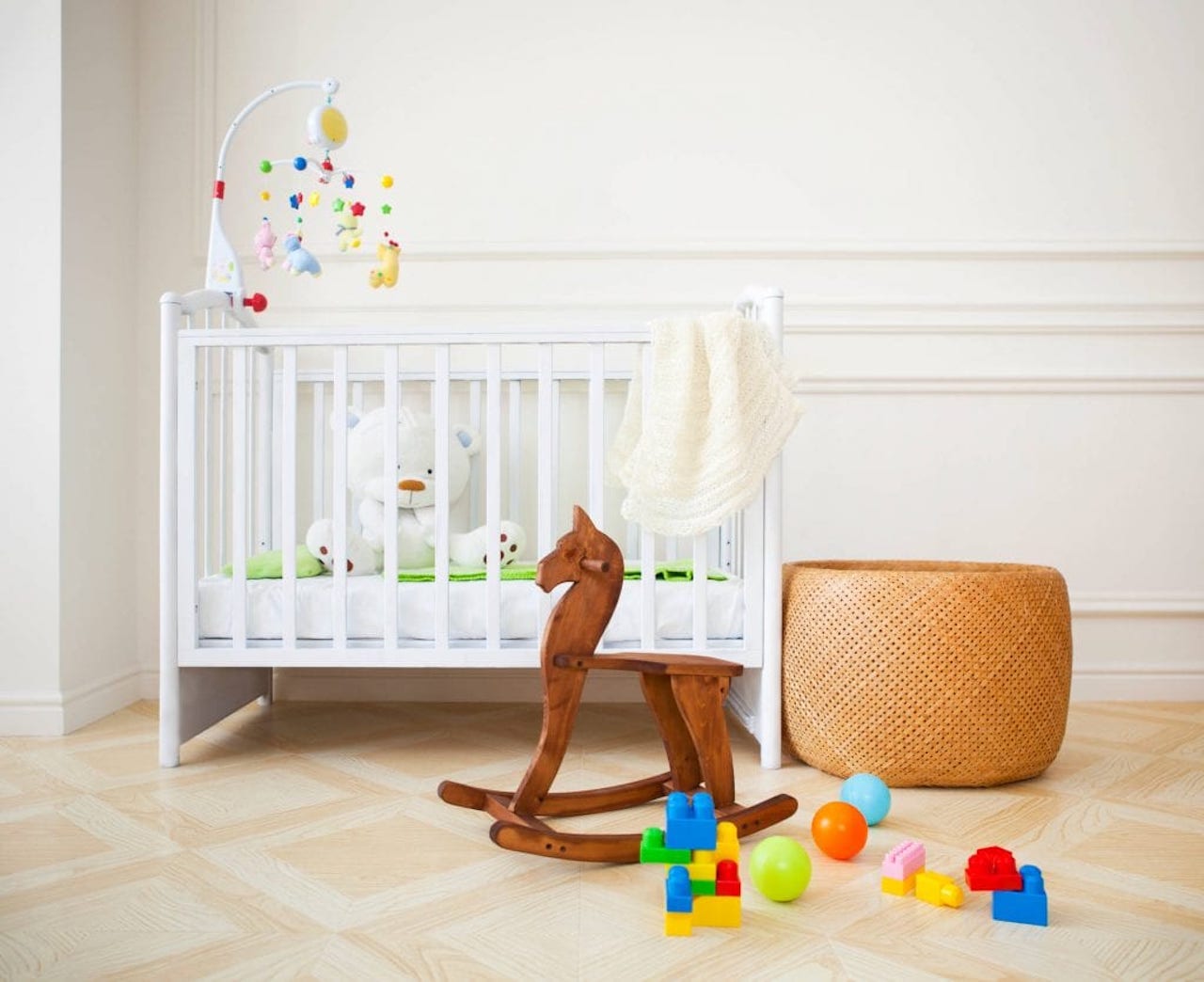

0 thoughts on “How To Store Baby Clothes In A Dresser”